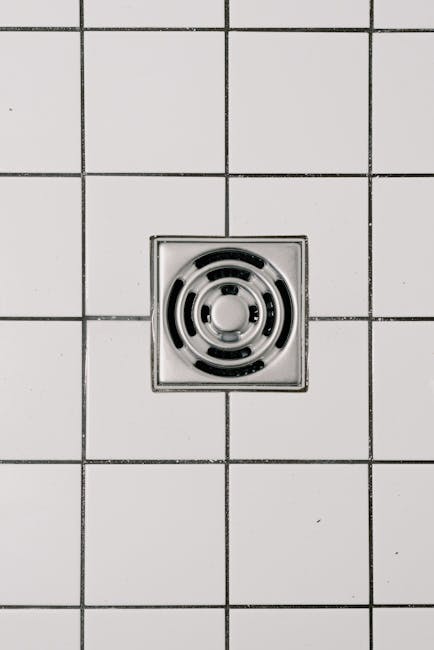What Has Changed Recently With ?What Has Changed Recently With ?
The Unbreakable Bond: Understanding the Benefits and Uses of Chain Link Fence
When it comes to securing a property, there are many options to choose from, but one of the most popular and effective is the chain link fence. Also known as wire mesh fence, this type of fencing has been around for decades and has proven to be a reliable and durable solution for many homeowners and businesses. In this article, we will explore the benefits and uses of chain link fence, helping you make an informed decision about whether it’s the right choice for your property.
One of the primary advantages of chain link fence is its affordability. Compared to other types of fencing, such as wood or vinyl, chain link fence is relatively inexpensive to install and maintain. This makes it an attractive option for those on a budget or looking for a cost-effective solution. Additionally, chain link fence is easy to install, requiring minimal labor and equipment, which can also help reduce costs.
Another benefit of chain link fence is its durability. Made from galvanized or vinyl-coated wire, chain link fence is resistant to rust and corrosion, ensuring it will withstand the elements and last for many years. This makes it an excellent choice for areas prone to high winds, heavy rainfall, or extreme temperatures. Furthermore, chain link fence is also resistant to damage from pests and wildlife, such as rodents and deer, which can be a problem for other types of fencing.
Chain link fence is also highly versatile, making it suitable for a wide range of applications. It can be used to secure residential properties, commercial buildings, and even industrial sites. Additionally, chain link fence can be used to create boundaries, define spaces, and provide privacy, making it an excellent choice for homeowners looking to create a sense of separation between their property and the surrounding area.
One of the most significant benefits of chain link fence is its ability to provide security. The mesh design of the fence makes it difficult for intruders to climb or cut through, providing an added layer of protection for your property. This is especially important for businesses and commercial properties, where security is a top priority. Additionally, chain link fence can be topped with barbed wire or razor wire for added security, making it an excellent choice for high-security applications.
Another advantage of chain link fence is its ease of maintenance. Unlike other types of fencing, chain link fence requires minimal upkeep, as it is resistant to damage and can withstand harsh weather conditions. This means you can focus on other aspects of your property, such as landscaping or interior design, without worrying about the maintenance of your fence.
In addition to its many benefits, chain link fence is also an environmentally friendly option. Made from recycled materials, chain link fence is a sustainable choice for those looking to reduce their environmental impact. Furthermore, chain link fence can be recycled at the end of its life cycle, reducing waste and minimizing the environmental impact of its disposal.
When it comes to installation, chain link fence is relatively easy to install, requiring minimal labor and equipment. This makes it an excellent choice for DIY enthusiasts or those looking to save money on installation costs. Additionally, chain link fence can be installed on a variety of terrain, including slopes, hills, and uneven ground, making it an excellent choice for properties with unique topography.
In conclusion, chain link fence is an excellent choice for those looking for a reliable, durable, and affordable solution for securing their property. With its many benefits, including affordability, durability, versatility, security, ease of maintenance, and environmental sustainability, chain link fence is an excellent option for homeowners, businesses, and commercial properties alike. Whether you’re looking to create a sense of separation, provide security, or simply define your property, chain link fence is an excellent choice.


 Choosing the Best Air Duct Cleaning Company: A Comprehensive Guide
Choosing the Best Air Duct Cleaning Company: A Comprehensive Guide Drain Cleaning Glendale CA: A Comprehensive Guide to Unclogging Your Pipes
Drain Cleaning Glendale CA: A Comprehensive Guide to Unclogging Your Pipes
 The Importance of Professional Carpet Cleaning Services in Fort Wayne, IN
The Importance of Professional Carpet Cleaning Services in Fort Wayne, IN